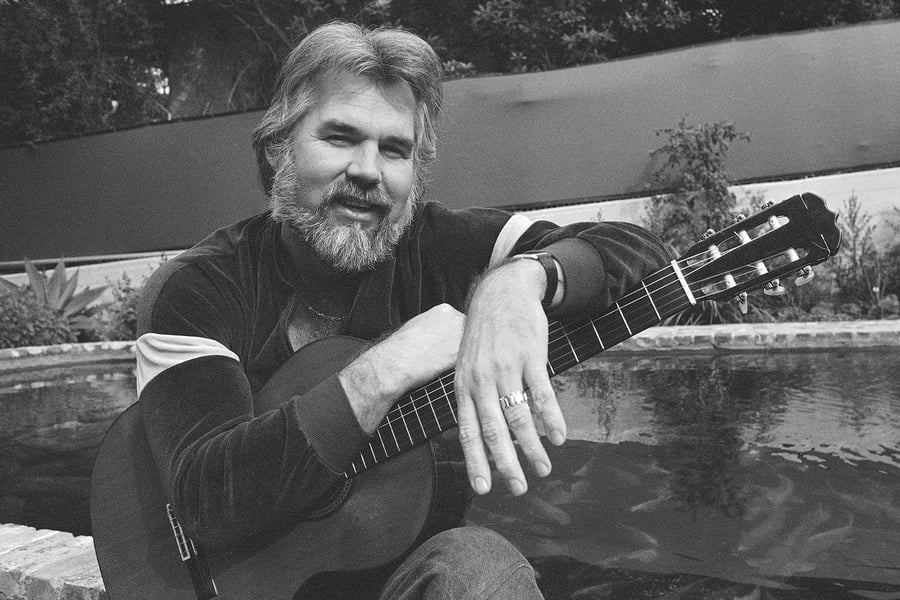Kenny Rogers: 10 Essential Songs
From his signature “The Gambler” to duets with Dottie West, Kim Carnes, and Dolly Parton

Wally Fong/AP/Shutterstock
Upon in his induction in 2013, Kenny Rogers — who died on March 20th, 2020 at the age of 81 — was one of the Country Music Hall of Fame’s most deserving modern inductees, with more than 100 million records sold, 21 country music Number One hits, and multiple pop chart-toppers. Still, a select few of those songs stand above the rest in his catalog. Here we compile his 10 essentials, from his signature “The Gambler” to duets with Dolly Parton, Dottie West, and Kim Carnes.
Editor’s note: This story was originally published in March 2020.
From Rolling Stone US












































